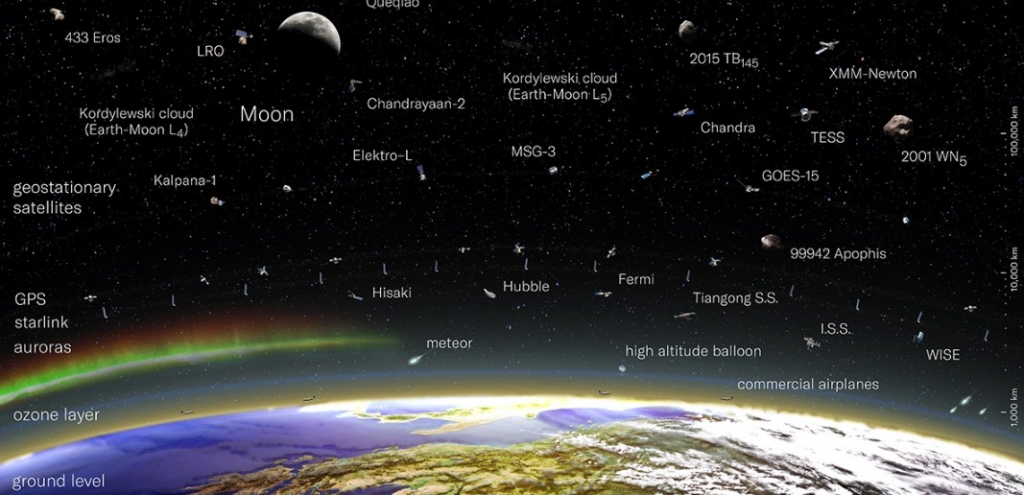Despite our efforts to understand and explore the universe, it is still not entirely covered. Nevertheless, astronomers and researchers continue to make efforts in finding out more about the precious universe.
Astronomers at Johns Hopkins University have come up with an enthralling map that displays the entire known universe in all its might. It exhibits some 200,000 galaxies as tiny dots that span all the way to the cosmos’ observable limits.
They made use of the data gathered over 20 years by the Sloan Digital Sky Survey which shows the real positions and colors of the galaxies in a densely packed celestial slice that lets users easily scroll through billions of years.
It might be the most comprehensive cosmic map made for the average Joe yet.
“Astrophysicists around the world have been analyzing this data for years, leading to thousands of scientific papers and discoveries.” said the map’s creator and John Hopkins professor Brice Ménard, in a press release.

“But nobody took the time to create a map that is beautiful, scientifically accurate, and accessible to people who are not scientists,” he continued. “Our goal here is to show everybody what the universe really looks like.”
The map’s narrowest point starts from our home, the Milky Way, surrounded by light blue dots of spiral galaxies up to two billion light years away from Earth. Moving further, yellow briefly takes over, whereas elliptical galaxies shadow the duller spiral ones.
The map then transforms into a bright gradient of red. These are also elliptical galaxies, but due to the redshifting, their yellow light gets stretched into the red.
Lurking behind is a tremendous ocean of blue, where the dots represent quasars, the luminous supermassive black holes at the center of distant galaxies.
There are also a few red dots that show redshifted quasars speckled across the universe’s penultimate boundary that’s covered by hydrogen gas.
Finally, the map ends at 13.7 billion light years away, or years ago, where all that can be discerned is the cosmic microwave background.


